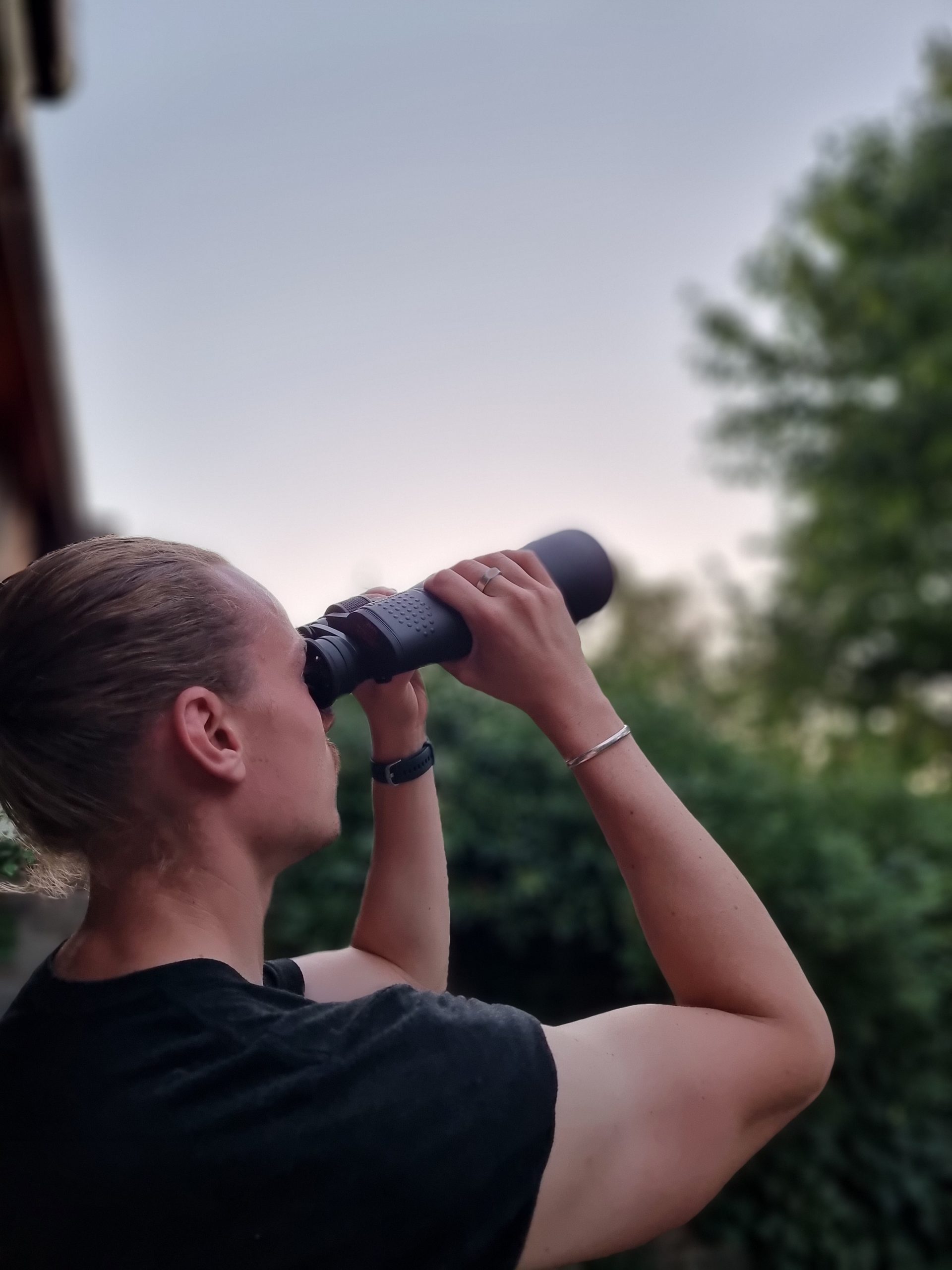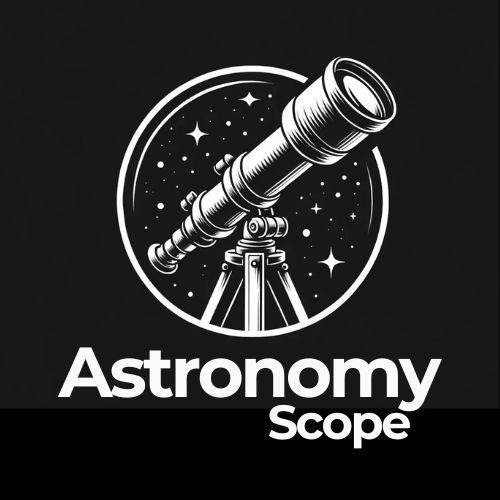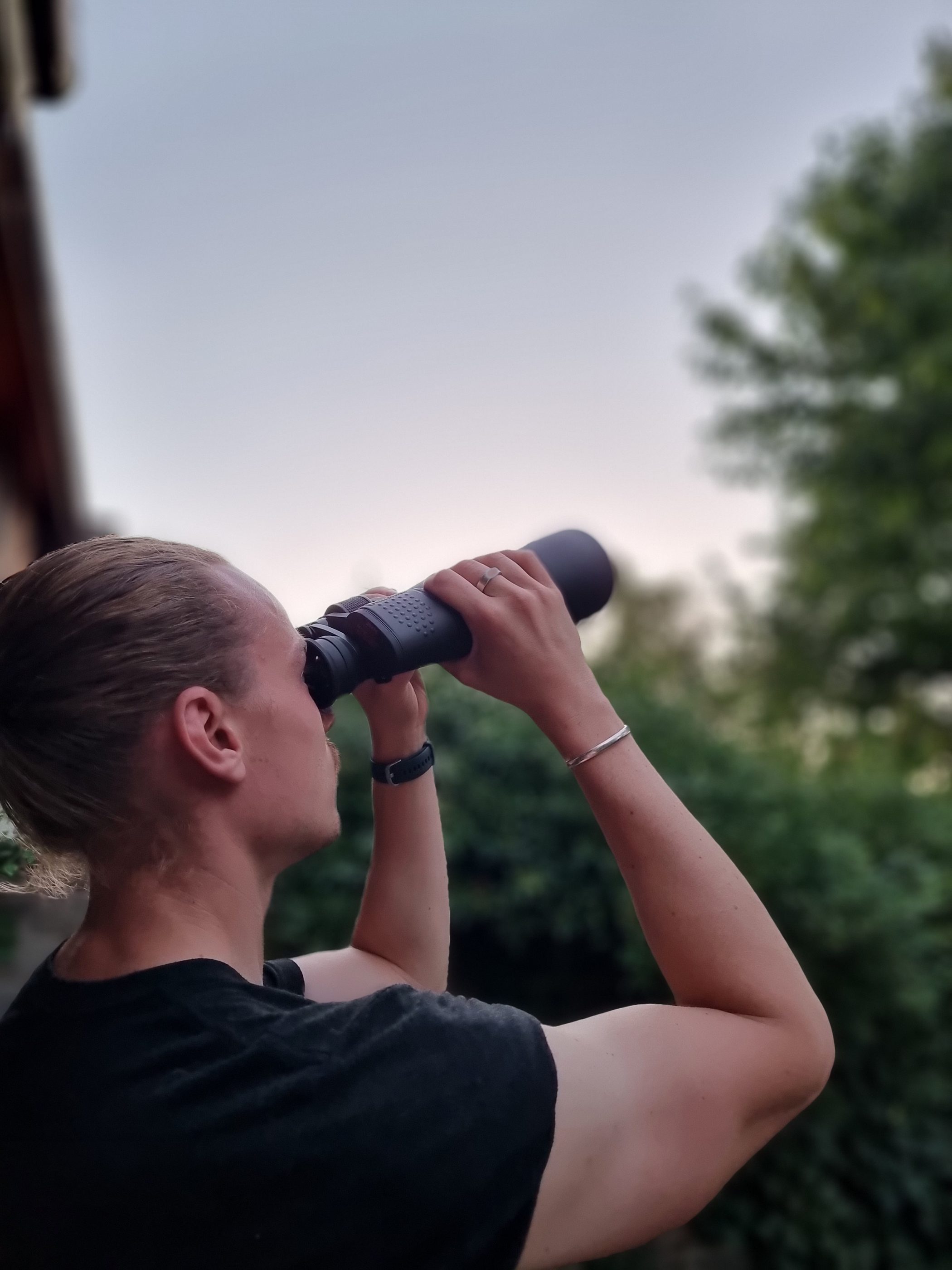If you are looking at optics equipment, you may have come across a Monocular telescope. But what is it exactly? What does it do and how can you use them? Here is all you need to know.
So, what is a monocular telescope? Monocular telescopes are a category of telescopes that are much more compact and lighter in weight when compared to their counterparts. They only have one eyepiece, and they can be held easily in one hand. Using curved mirrors and lenses that collect and focus on light, a monocular magnifies distant objects, producing a clear image for their user.
We can all look around and be amazed by the world’s beauty and wonder.
But it’s in our nature to want to see more.
Whether it’s here on Earth or if we want to look up at the starry night sky.
Either way, that’s where optical instruments come in.
Today, we’re going to be talking about one specific member of the optical instrument family: the monocular telescope.
So, let’s get into it, shall we?
What Do The Numbers Mean On A Monocular Telescope?
The numbers on a monocular telescope detail that particular instrument’s magnifying power as well as the diameter of the object lens.
There are two sets of numbers most commonly found on monoculars.
For instance, you will commonly see 12×50 and 40×60.
The first numbers in the individual sets represent the monocular’s magnifying strength.
So, the first monocular (12X50) can magnify objects up to 12 times the original size seen by the naked eye.
Whereas the second monocular (40X60) can magnify objects up to 40 times the original size!
The second number in each set details the diameter of the object lens at the furthest end of the monocular.
This is measured in millimeters.
The greater the lens size, the brighter the produced image will be.
A monocular with a magnifying strength of 40 times and a lens diameter of 60mm is the most powerful model available to buy.
It generates the clearest and brightest image, but this doesn’t mean it is the right monocular for you.
There are other measurements that you have to consider when choosing your monocular.
One of those is the distance between you and the objects you’re looking at.
If you’re going to be using your instrument for bird-watching, you won’t want one that has a high magnification as the birds are much closer to you than the cosmos is.
Any bird flying up as far as the moon should probably start making its way back down right now!
So, if your uses are limited to smaller distances, then a monocular with a magnification of 8X or 10X should do the trick.
Then there’s the field of view.
This is the extent of the view available for observation.
The higher the magnification, the narrower the field of view will become.
Your vision is also more impaired at a higher magnification level; any movement to the monocular will cause the image you are viewing to shake significantly.
What Can You See With A Monocular Telescope?
It will depend on what type of monocular you buy. If you’re buying a 40X60 monocular, then let’s just say it’s going to be pretty easy to lock your eyes on some of the most distant stars.
Of course, even with the right monocular, you could only do this at night.
Monoculars possess a night-vision feature meaning that 99% of the night’s light can be transmitted through it. This is pretty good!
Again, what monocular you decide to buy depends on what you want to see.
They are designed for different viewing purposes.
If you want to see a bird in the sky, then you’re going to struggle to locate it with a 40×60 monocular due to the incredibly high magnification it offers.
If you do manage to bring it into vision, it will be so magnified that all you will be able to see is its soul!
On the other hand, if you have an 8×30 monocular, your stargazing experience will be much more limited compared to other models with higher magnification levels.
How Do You Use A Monocular Telescope?
Simply, you hold the monocular in one hand, place the eye located on the same side of your hand against the eyepiece, close your other eye, and see what you see.
A monocular is relatively easy to use.
It is most comfortable and effective when you grab the barrel close to the lens through which your eye looks.
This lens is known as the ocular lens.
Keep this lens as close as possible to your eye but do not touch it.
When you close your other eye, your view will become more focused.
There are many ways you can keep your monocular steady.
You can maintain stability by resting your forefinger on your brow.
You can also keep the elbow of your carrying hand pressed against your body.
If you are lying down flat on your stomach, you can rest both of your elbows on the ground to provide stability.
Another more extreme alternative is to hold the wrist of your carrying hand still with your free hand.
Once you’re in a comfortable position with your monocular held steady, you need to find your target.
It is often best not to try and locate it with the monocular.
Use both naked eyes to find the target.
Once you have it, use your monocular to get a better view.
After taking the first look, you might need to adjust the monocular’s focus settings in order to improve the quality of the image it is producing.
How you adjust your monocular depends on what type you have. Some are adjusted with a rotating dial that requires just a single finger to work it, whilst others require both hands.
Whatever needs to be done, take your time.
Just keep manually adjusting until you see the clearest image.
The specific method your monocular requires for adjustment will be detailed in its instructions pamphlet.
If you require glasses to improve your vision, you can still wear them whilst looking through a monocular.
All you need to do is press the monocular against your glasses lightly.
Some monoculars are better suited for people who need glasses.
For example, some monoculars have a 14mm eye relief setting.
Such a monocular allows you to hold the monocular 14mm away from your eye without your view being impaired.
Advantages Of Using A Monocular Telescope
- Precise targeting of objects for viewing.
- Compactness means no setup is required.
- Their lightweight means they can be carried to different locations with ease
- Versatile in terms of what they can be used for, e.g., stargazing, sight-seeing, bird watching, etc.
- Field of view is roughly as large as a telescopes
- Only require one eye, meaning the other can remain aware of local surroundings
- Easily adjustable whilst on-the-go
- Possess brilliant suitability for night field vision
- Available in a variety of sizes with differing magnifying powers best suited for your utilization needs
- Can be used instantly
- Relatively inexpensive
Disadvantages Of Using A Monocular Telescope
- Can cause eye fatigue due to such an intense focus that doesn’t allow for any relaxed vision.
- Limited to 2D images, unlike binoculars that can produce objects in 3D.
- Unable to block out annoying sidelights that can interfere with viewing.
- Comes with a fixed eyepiece which cannot be interchanged with others that may improve comfort.
- Potential discomfort for non-viewing eye as it is an unnatural way to see.
- Zoom levels are much more limited compared to other optical instruments.
- Higher zoom levels would require a tripod, just like a telescope.
Finally
Monocular telescopes. The flashy, confident, easy-going brother of the standard telescope.
While there is overlap, there is certainly a difference between a monocular vs a standard telescope.
And though monoculars are not without their faults, these modern optical instruments provide an excellent service for a variety of uses.
Just remember! The monocular you choose should be the one that best aligns with your intentions for usage!
And having read all of this and discovered that a monocular is indeed for you, take a look over at my best monocular guide where I compare and identify the best one currently available on the market!

Hey, my name is Jeremy. I’m a passionate and seasoned astronomer who loves nothing more than observing the night sky. I also love researching, learning, and writing all things Space and the Universe. I created Astronomy Scope to share my knowledge, experience, suggestions, and recommendations of what I have learned along the way while helping anyone to get into and maximize their enjoyment of the hobby.

